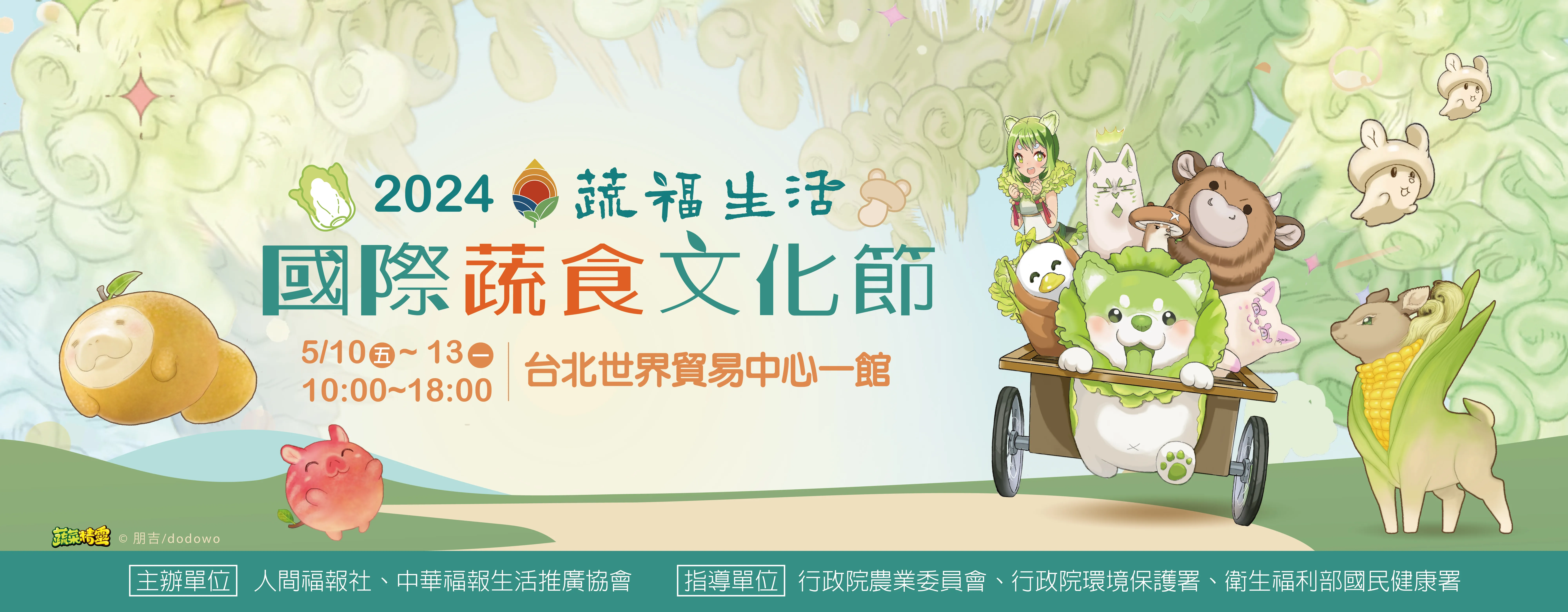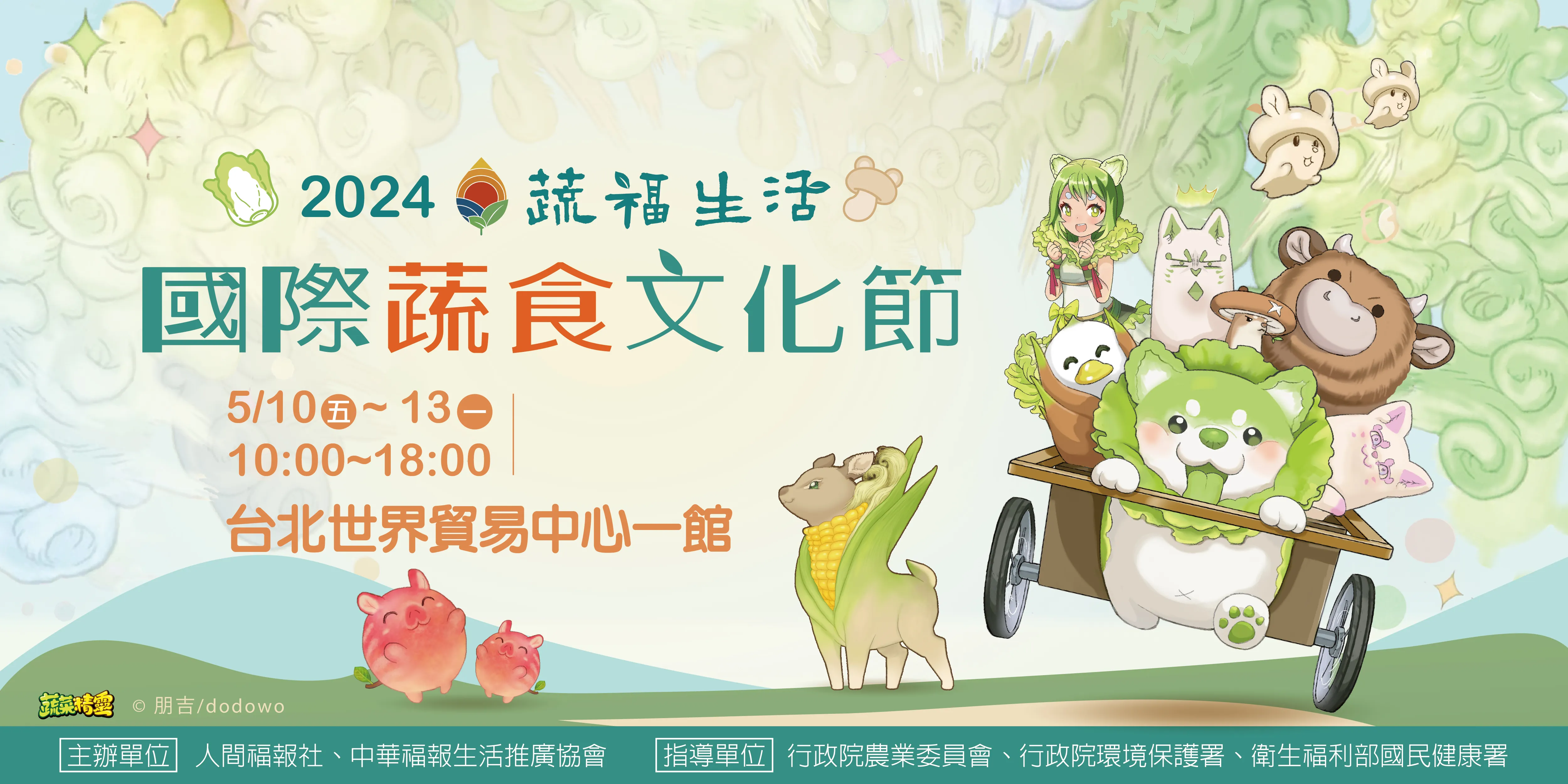


| 時代: | 西元1945年 |
| 出土地點: | 傳世品 |
| 尺寸: | 長度:101.5 cm 寬度:60 cm(未含外框) |
| 質地: | 水墨工筆國畫 |
| 數量: | 1 |
此幅是張大千四十六歲之作品,張大千先生以當時所用的筆觸,臨摹敦煌壁畫之反彈琵琶圖,工筆筆觸細膩、簡潔有力且色彩飽滿,配色鮮豔,藉由金潛紙紙張本身之金黃色,更襯托出樂伎菩薩的姿態和服飾,讓樂伎菩薩整體更有立體感。
This Musical Bodhisattva Playing the Pipa in Reverse is a copy of a Dunhuang wall painting by Chang Dai-Chien done with mineral point in gongbi style when he was 46 years old. Chang Dai-Chien used the detailed, clean, and powerful gongbi style to copy this Dunhuang wall painting. The bright and colorful painting is matched with gold paper to highlight the posture and clothing of the musical bodhisattva and give the bodhisattva a more 3D feel.
此幅中樂伎菩薩形態飄逸嫵媚、體態豐盈,上身裸露琵琶反彈於背後、打赤足,周身的彩帶隨著他嫺熟技藝飄舞律動。此幅樂伎菩薩腳趾動作繪製細膩逼真,腳趾肥厚、微長,是張大千先生繪工筆人物時之慣性,細觀之張大千先生筆鋒力道十足、沒有猶豫,且無鉛筆勾勒打草稿之痕跡,繪製十分細膩、栩栩如生,筆觸的中鋒與側鋒力道十足,不斷勢也不斷氣,圖畫內勾勒衣著和彩帶等部分之筆觸簡潔,筆刀十足,是張大千先生壯年時期標準畫風。
The musical bodhisattva in this painting appears elegant and charming and is full-bodied. Playing the pipa in reverse, the topless and barefoot bodhisattva is surrounded by colorful ribbons that flow with musical rhythm. The toe action of the musical bodhisattva is detailed and realistic, showing slightly thick and elongated digits. This is a habit of Chang Dai-Chien when he draws figures in the gongbi style. On closer observation, Chang Dai-Chien’s strokes are powerful and without hesitation, and continuous without breaks. There are no signs of drafting with a pencil. The painting is detailed and lively, and the clothing and ribbons are clean and pure. These are Chang Dai-Chien’s characteristics during his peak years.
此件畫紙是張大千先生常用的金潛紙,金潛紙上色不易,此幅畫作色彩飽滿,足見張大千先生工筆畫的高深功力。紙張本身無做舊之痕跡,但經過重新洗、裱褙為捲軸,重新整理之功力佳,應為中國四川地區裱畫師的功力,不過礦物彩局部仍有些微老化痕跡。
Gold drawing paper used for this painting is of the type often used by Chang Dai-Chien. Because it is difficult to put color on this type of gold paper, the rich and colorful painting highlights Chang Dai-Chien’s skills. The paper itself does not show any signs of distress, but has been re-washed and mounted as a scroll. The skill used in the re-work was incredible, and indicate a framing master from the Sichuan area. However, parts of the mineral coloring still shows slight signs of aging.
大千先生寫書法時慣常沾墨即寫,不會在硯台上甩墨,因此書法字會有墨色深淺、大小不同,此幅畫作題字的起承轉合即符合大千先生寫書法的慣性和筆觸,簽名落款也是大千先生標準的壯年時期正確簽名款之一。
Mr. Chang habitually writes his calligraphy directly after dipping in the ink, and does not shake off the excess ink on the inkstone. Thus, the calligraphy characters have different shades and sizes. The calligraphy style on this painting matches that habitually used by Chang Dai-Chien, and the signature is also the same as that used by Mr. Chang during his peak years.
印泥為標準礦物朱砂成分,是大千先生愛用之老朱砂印泥之一,其印章款為符合標準張大千壯年時期常用印章款。
The seal ink contains standard mineral cinnabar component, which is one of the old cinnabar inks favored by Mr. Chang.




